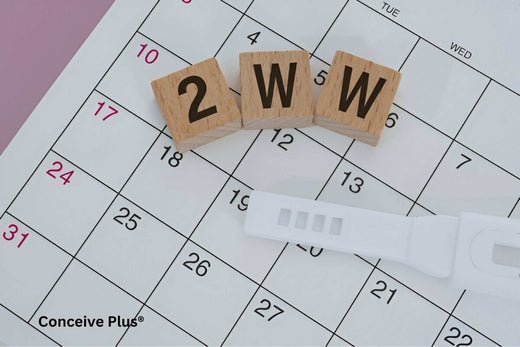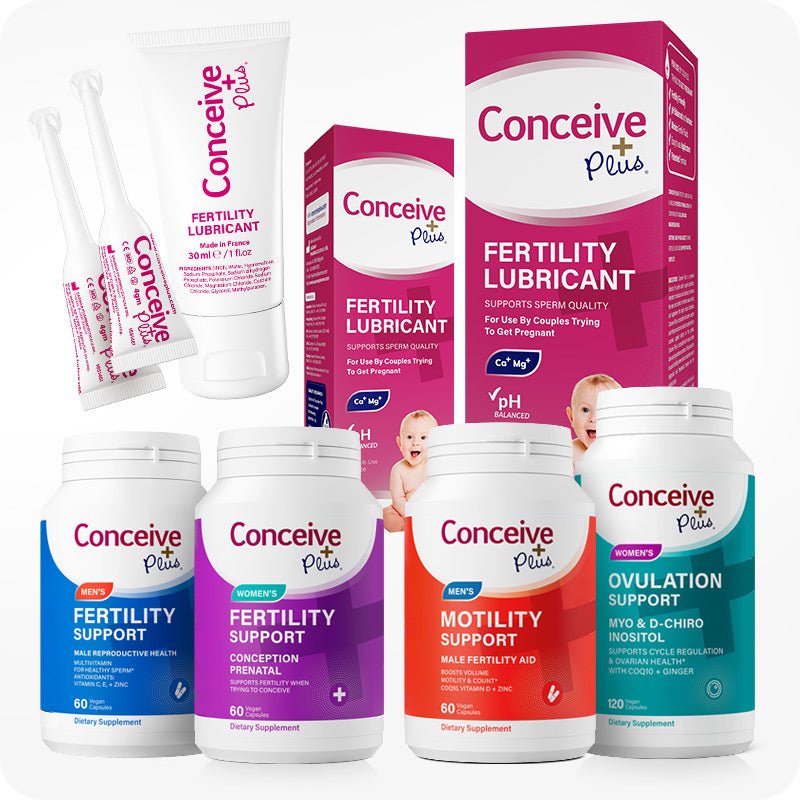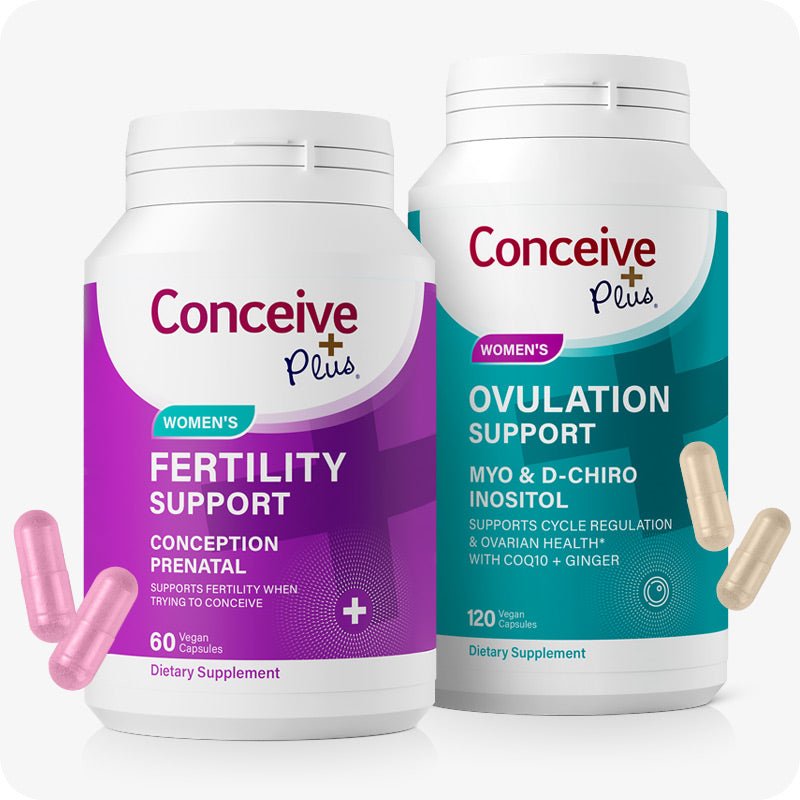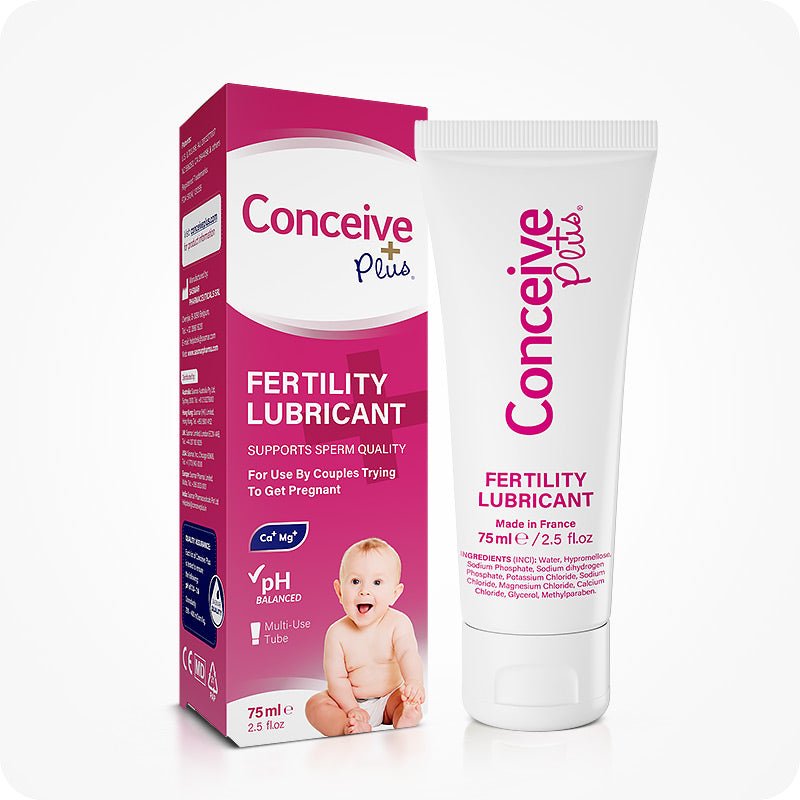2 Week Wait: Navigating The Symptoms, Expectations, and What to Know

The “two week wait” (often abbreviated as TWW) refers to the period between ovulation and the expected start of a menstrual cycle. For many trying to conceive, these two weeks can feel like an emotional roller coaster, with each day bringing a mix of anticipation, hope, and sometimes, anxiety. The 2 week wait is not only a biological process but also a time filled with questions about symptoms and testing timelines. Understanding what happens during this time and learning to identify potential signs of early pregnancy can provide some clarity, though it’s important to approach symptoms cautiously, as they can vary widely and are not definitive indicators of pregnancy.
The Biological Basis of the Two Week Wait
The two week wait begins right after ovulation, which is the release of a mature egg from the ovary, typically occurring around day 14 of a 28-day menstrual cycle. During ovulation, the egg has about a 24-hour window to be fertilized by sperm. If fertilization occurs, the resulting zygote begins a journey down the fallopian tube toward the uterus, where it may implant in the uterine lining. This implantation is what eventually leads to pregnancy, and if successful, the body starts producing human chorionic gonadotropin (hCG)—a hormone detectable in pregnancy tests.
Early Signs and Symptoms During the Two Week Wait
For some, the 2 week wait symptoms can mimic those experienced in early pregnancy, while others may feel no different. Subtle changes in the body during the TWW can sometimes align with hidden pregnancy signs, offering clues even before a test confirms pregnancy. Commonly reported symptoms during this time include:
- Fatigue – Rising progesterone levels, which are essential for maintaining a potential pregnancy, can make you feel more tired than usual [1].
- Breast Tenderness – Sensitive or swollen breasts can occur due to hormonal shifts post-ovulation.
- Mild Cramps or Spotting – Some people experience implantation cramping or spotting, typically 6-12 days after ovulation if implantation occurs.
- Nausea and Food Aversions – While typically associated with later pregnancy, some people report mild nausea during the TWW.
- Mood Changes – Fluctuations in estrogen and progesterone can lead to mood swings and heightened emotions [2].
Distinguishing Between PMS and Early Pregnancy
The tricky part of the TWW is that many of these symptoms closely resemble premenstrual symptoms (PMS). This similarity can make it challenging to determine whether changes are pregnancy-related or simply part of the menstrual cycle. While TWW symptoms such as fatigue, bloating, and breast tenderness are common in both PMS and early pregnancy, an unusual or intensified version of your typical symptoms might be a subtle sign [3].
However, it’s essential to remember that not experiencing symptoms doesn’t rule out pregnancy. Many people report no noticeable changes until well after the missed period, while others experience intense symptoms early on. Each body is unique, and symptoms can vary widely.
Managing the Emotional Aspects of the Two Week Wait
The TWW can be mentally challenging. Managing expectations, balancing hope, and minimizing stress are all crucial for well-being. While it’s natural to be attentive to potential signs, it's also beneficial to focus on self-care and other activities during this period. Adding Conceive Plus Ovulation Support to your routine can help balance hormones and support regular ovulation, which is essential during the conception journey. Here are some strategies that might help:
- Stay Busy with Activities You Enjoy – Engaging in hobbies, spending time with friends and family, or pursuing relaxing activities can help pass the time and reduce anxiety.
- Practice Mindfulness or Meditation – Techniques like mindfulness and meditation can help calm the mind and alleviate stress.
- Avoid Excessive Testing – While it may be tempting to take early pregnancy tests, waiting until the day your period is due or just after often yields more reliable results and avoids potential disappointment from false negatives.
When to Take a Pregnancy Test
Home pregnancy tests are designed to detect hCG, the pregnancy hormone. Some tests claim to detect hCG several days before a missed period, but for the most accurate results, waiting until the first day of a missed period is recommended. This is because, even if implantation has occurred, hCG levels may still be too low to register on an early test. Two week wait pregnancy testing can be more accurate if you wait and use first-morning urine, which tends to have the highest concentration of hCG.
Common Misconceptions About the Two Week Wait
- Early Testing Will Always Detect Pregnancy – Not all tests are equally sensitive, and hCG levels vary from person to person. Testing too early can lead to false negatives.
- Intense Symptoms Equal Pregnancy – Some people assume that experiencing intense symptoms during the TWW indicates a higher chance of pregnancy. However, symptoms alone are not reliable indicators.
- No Symptoms Mean No Pregnancy – Just as experiencing symptoms doesn’t guarantee pregnancy, the absence of symptoms doesn’t mean conception hasn’t occurred.
Understanding the Biology of a Successful Implantation
Successful implantation, which typically occurs 6-10 days after ovulation, is a critical step in conception. After fertilization, the zygote divides into multiple cells as it travels to the uterus. Once it reaches the uterus, the embryo must attach to the uterine lining, a process supported by elevated progesterone levels. When implantation is successful, the embryo will signal the body to start producing hCG, leading to two week wait symptoms that might include mild cramping or spotting. However, it’s essential to note that these symptoms do not happen to everyone and aren’t always noticeable.
In Summary: Finding Balance in the Two Week Wait
In summary, the 2 week wait is a period of hope and anticipation, but it’s essential to approach it with patience and self-compassion. Each experience during this period is unique, and while some may experience TWW symptoms, others might notice nothing unusual. Whether you are navigating emotional challenges or debating when to take a pregnancy test, maintaining a healthy mindset, avoiding excessive testing, and focusing on self-care are beneficial ways to navigate these two weeks. Remember, whether or not pregnancy symptoms are present, it’s normal, and every journey toward conception is different.
Resources
- E.W. Harville, A.J. Wilcox, D.D. Baird, C.R. Weinberg, Vaginal bleeding in very early pregnancy, Human Reproduction, Volume 18, Issue 9, September 2003, Pages 1944–1947, https://doi.org/10.1093/humrep/deg379
- American Pregnancy Association. (2015). Mood swings during pregnancy. Retrieved November 09, 2024, from https://americanpregnancy.org/pregnancy-health/mood-swings-during-pregnancy
- Foxcroft KF, Callaway LK, Byrne NM, Webster J. Development and validation of a pregnancy symptoms inventory. BMC Pregnancy Childbirth. 2013 Jan 16;13:3. https://pmc.ncbi.nlm.nih.gov/articles/PMC3599678/













